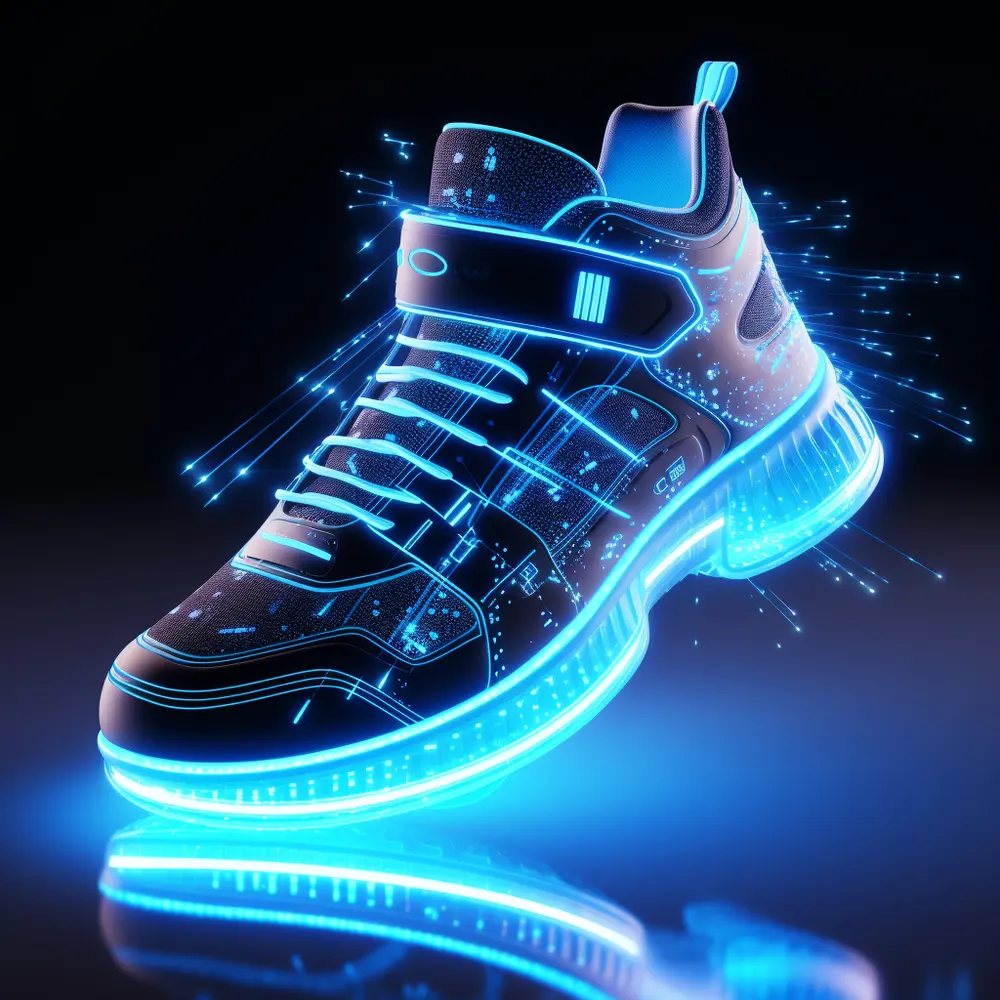Can AI algorithms identify and address comfort issues such as hot spots and blisters before they arise?
AI-enhanced shoes can adapt to the unique shape and dimensions of each wearer’s foot for a personalized fit in several ways:
- Foot Mapping and Scanning: A variety of technologies can be used to capture detailed scans of an individual’s foot, including 3D scanning, pressure mapping, and foot measurement systems. These scans provide rich data about the foot’s shape, contours, and pressure points, which can be used to design and customize the shoe’s fit.
- Flexible Materials and Structures: AI can be integrated into the shoe’s design and materials to create adaptable structures that can dynamically change shape to accommodate the wearer’s foot. This can be achieved through the use of responsive materials that can expand, contract, or stiffen in response to pressure or temperature changes.
- Embedded Sensors and Feedback Mechanisms: AI-enabled sensors can be embedded within the shoe to monitor the wearer’s foot movements, gait, and pressure distribution. This data can be analyzed by AI algorithms to identify areas of potential discomfort or hot spots and make real-time adjustments to the shoe’s fit or cushioning.
- Personalized Comfort Optimization: AI algorithms can also be used to optimize the shoe’s fit and support based on individual preferences and activities. Users can provide input about their preferred level of cushioning, arch support, and other comfort features, and the AI can adjust the shoe’s design accordingly.
- Adaptive Footbed Technology: Embedded sensors and actuators in the footbed can continuously monitor the wearer’s foot pressure and adjust the footbed’s firmness or cushioning to provide optimal support and comfort. This technology can also adapt to changing pressure points during activities, such as walking, running, or jumping.
- AI-Powered Blister Prevention: AI algorithms can analyze data from multiple sensors, such as pressure sensors, temperature sensors, and gait sensors, to identify the earliest signs of potential hot spots or blisters. This information can be used to trigger preventive measures, such as localized cushioning or ventilation, to prevent discomfort before it occurs.
By implementing these technologies, AI-enhanced shoes can provide a truly personalized fit and address comfort issues before they arise, offering a superior footwear experience for individuals with diverse foot shapes and needs.
